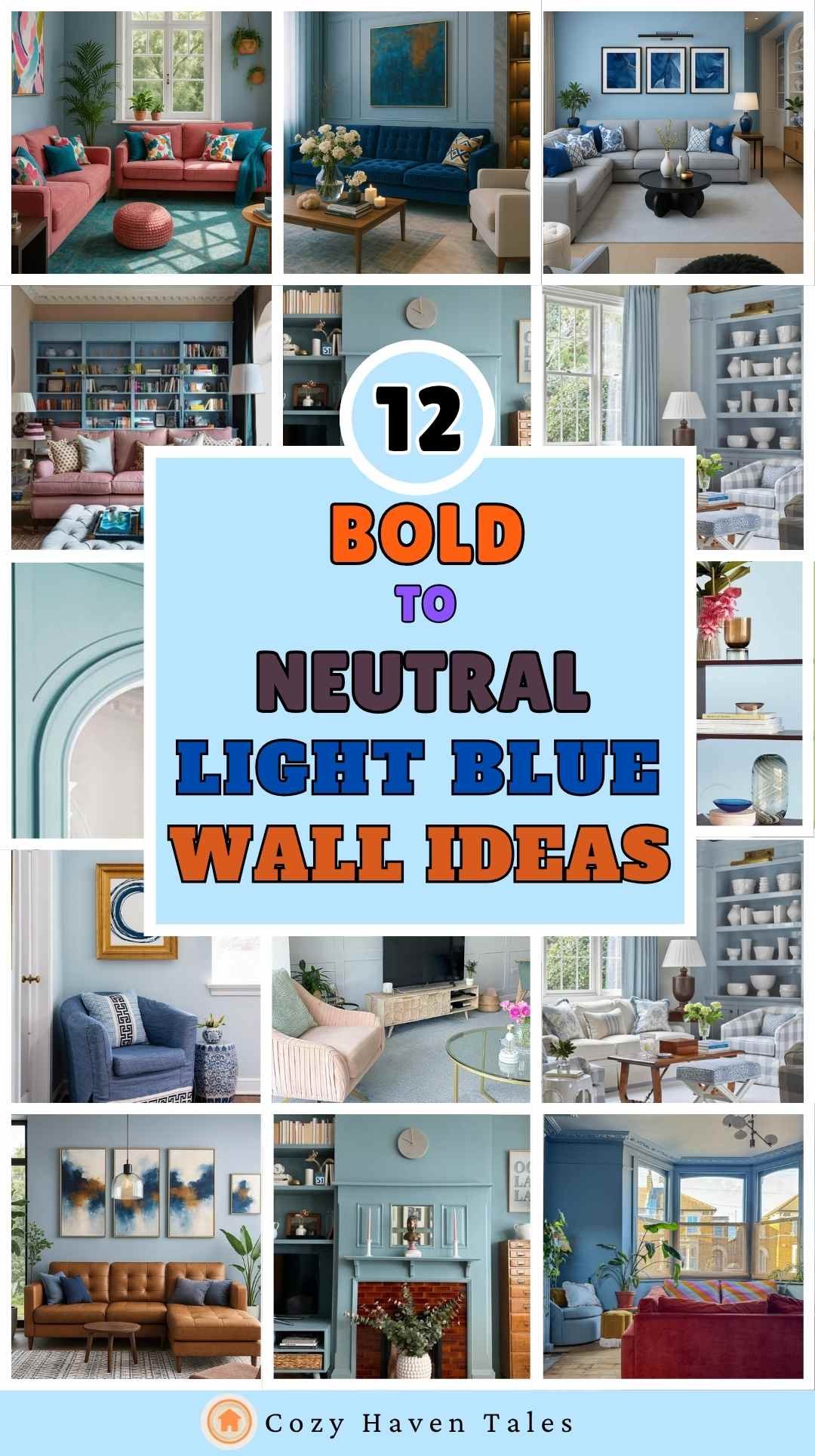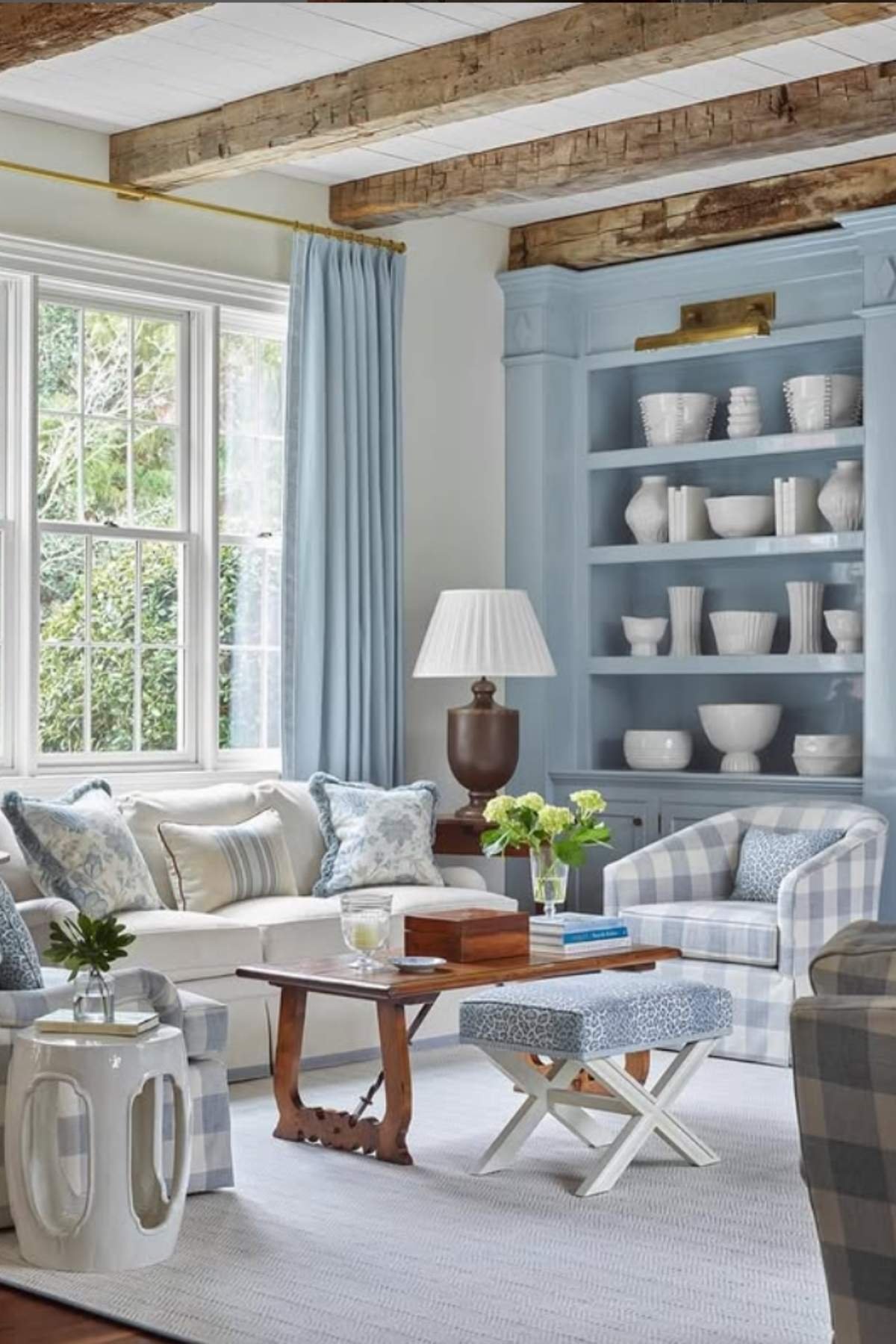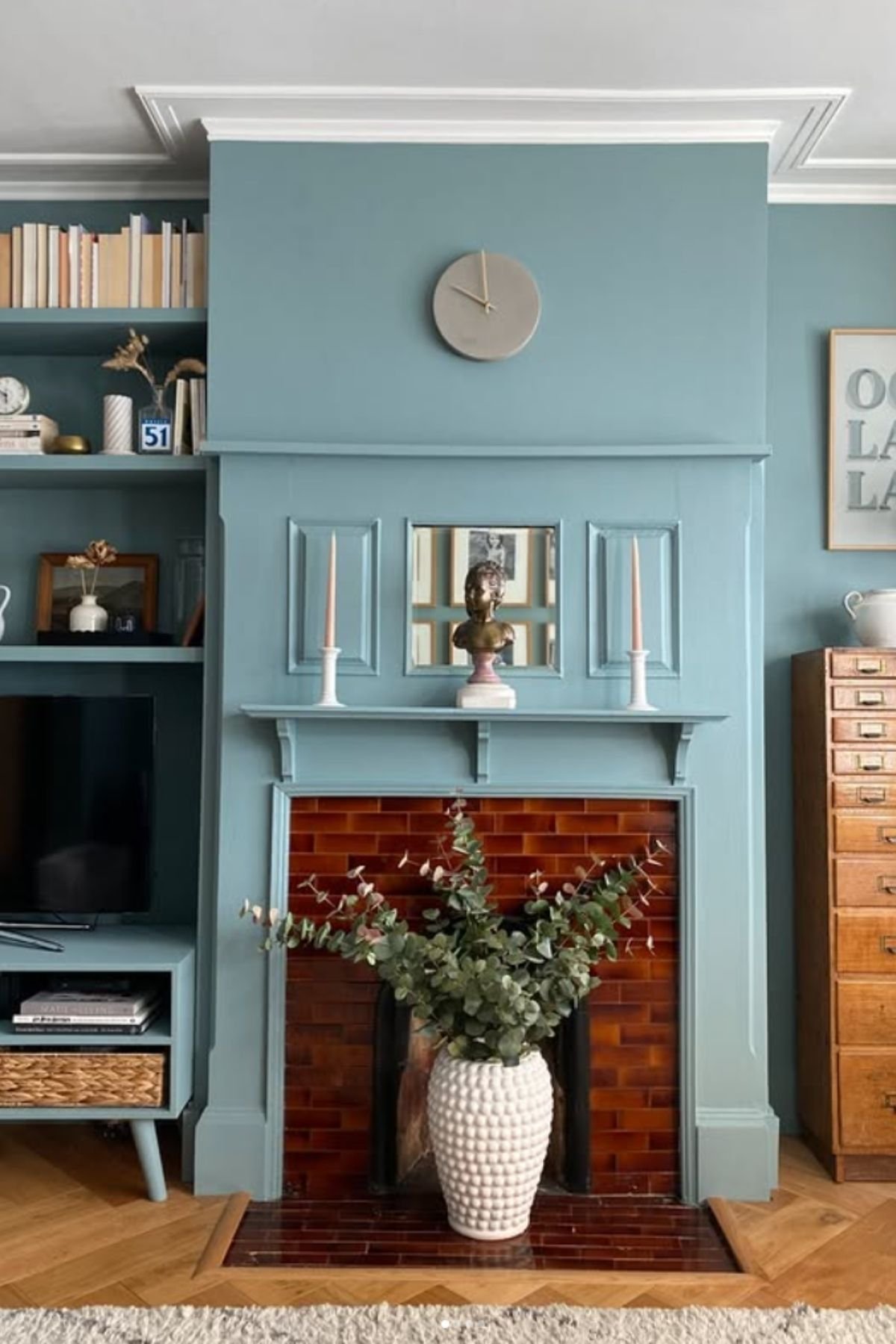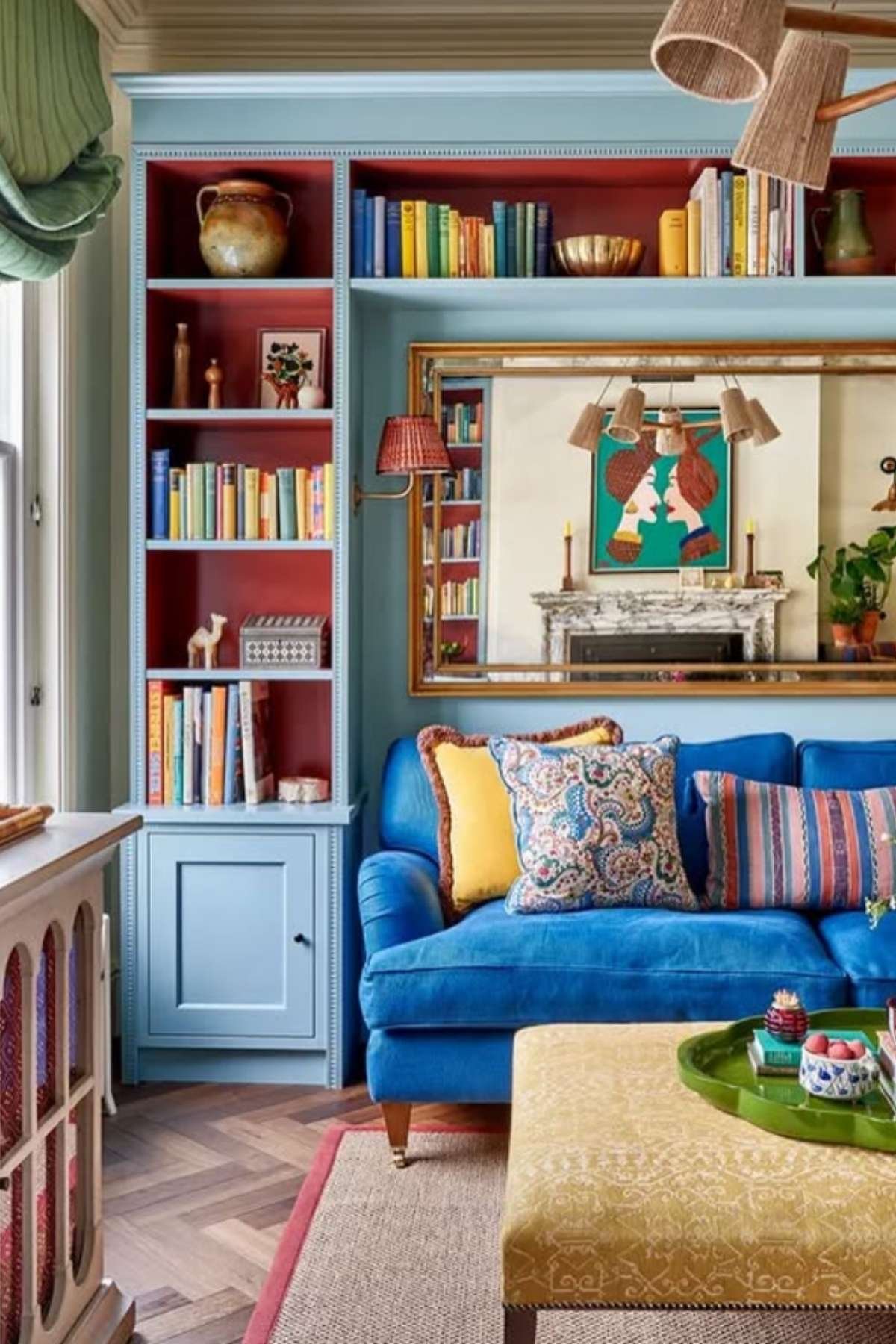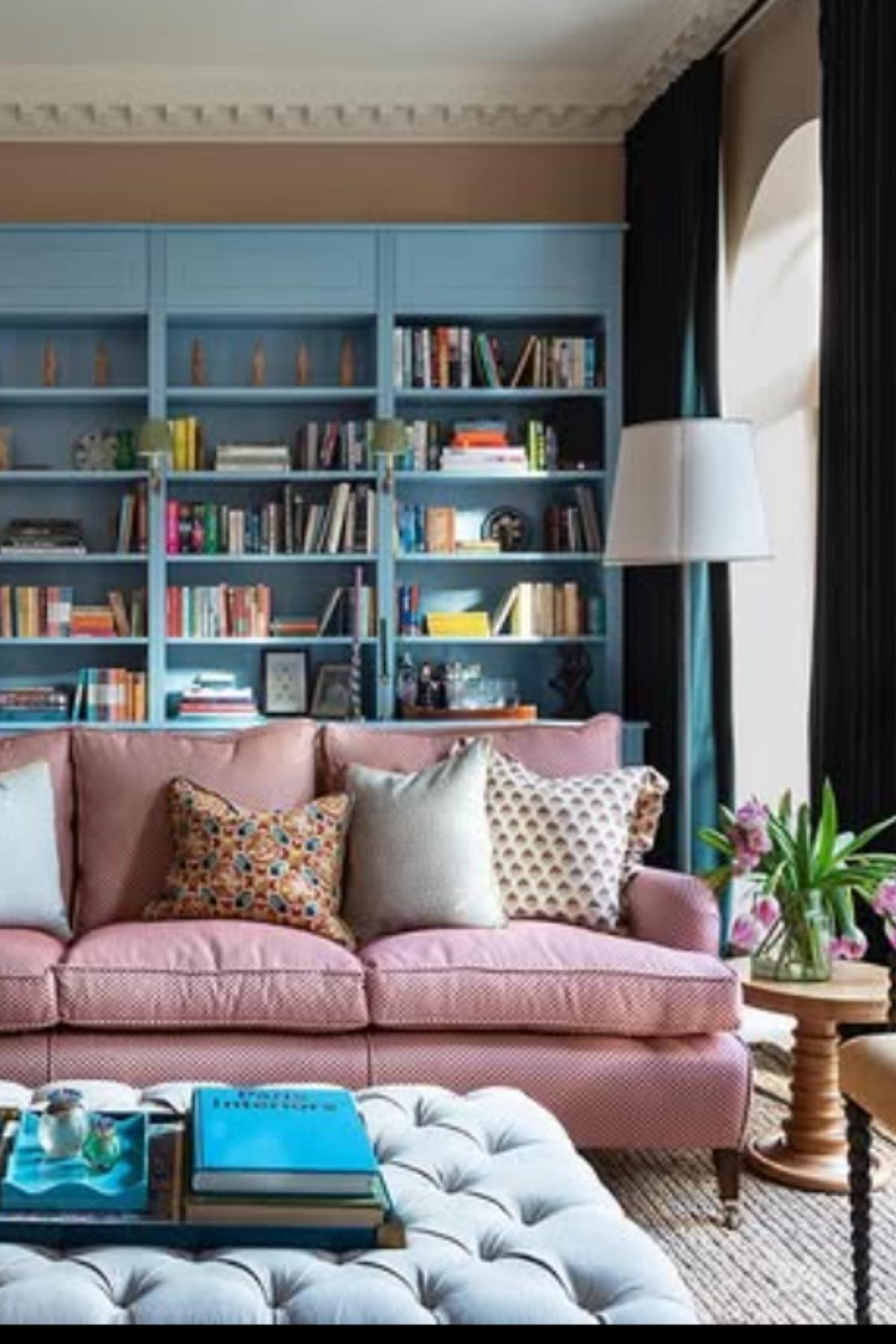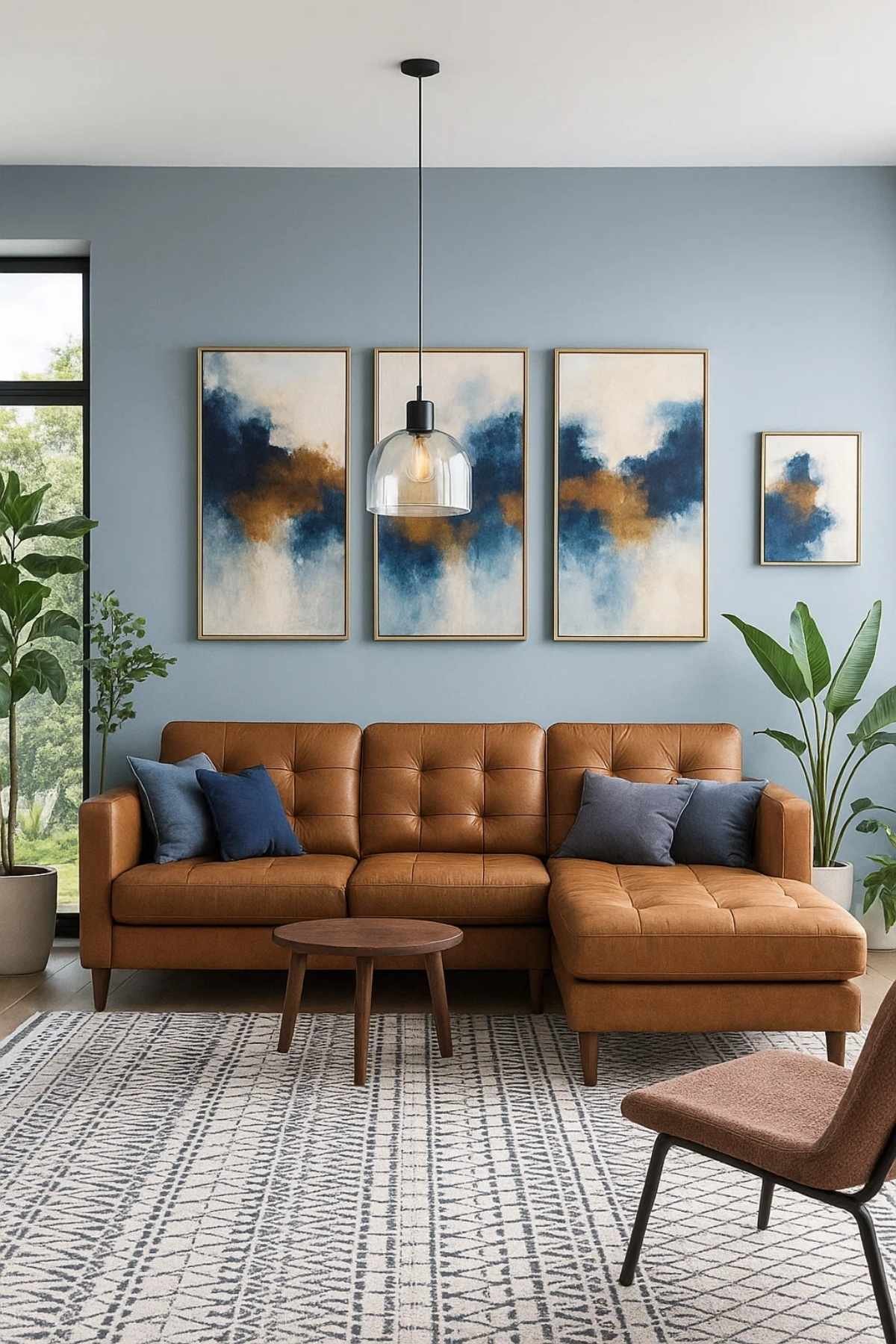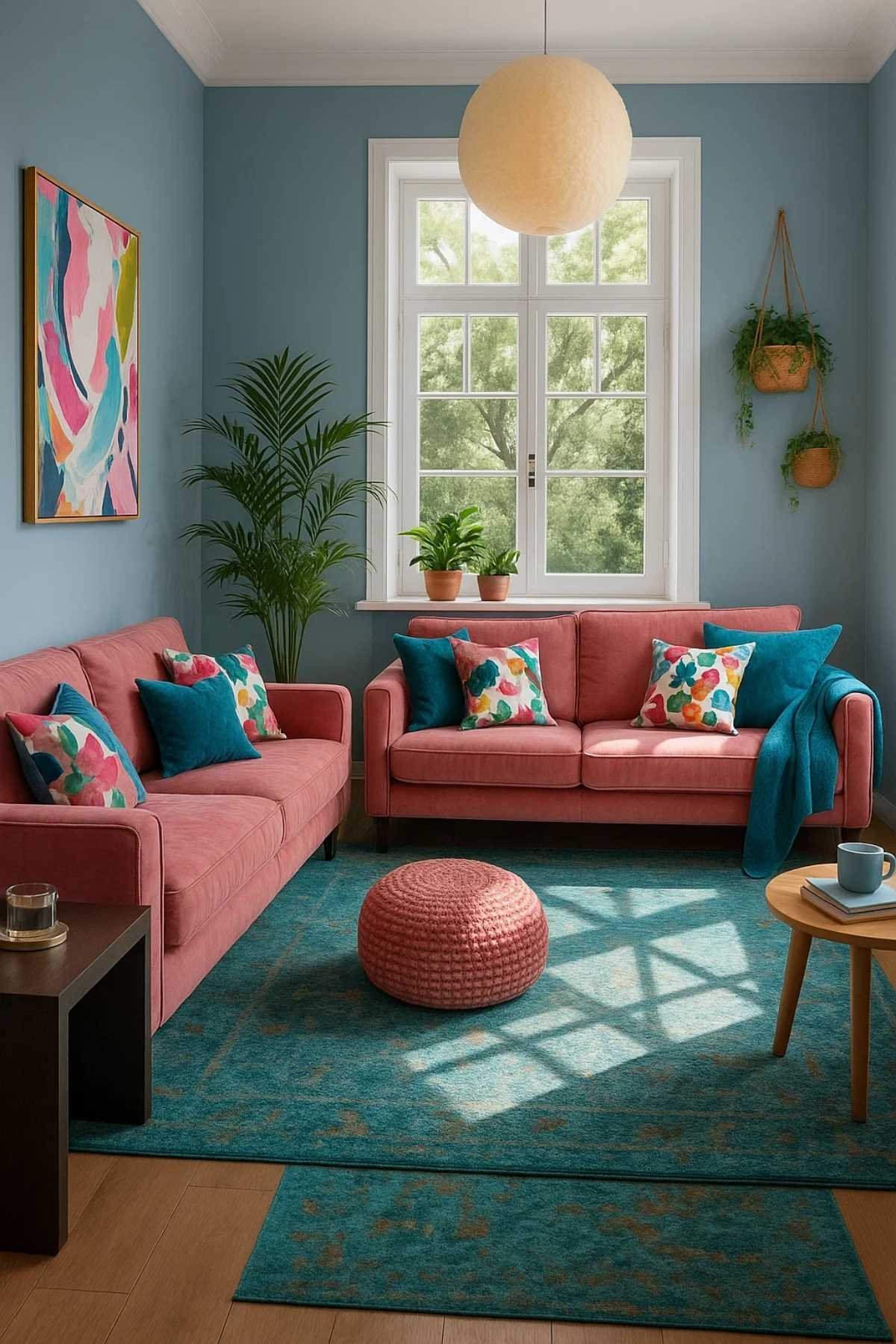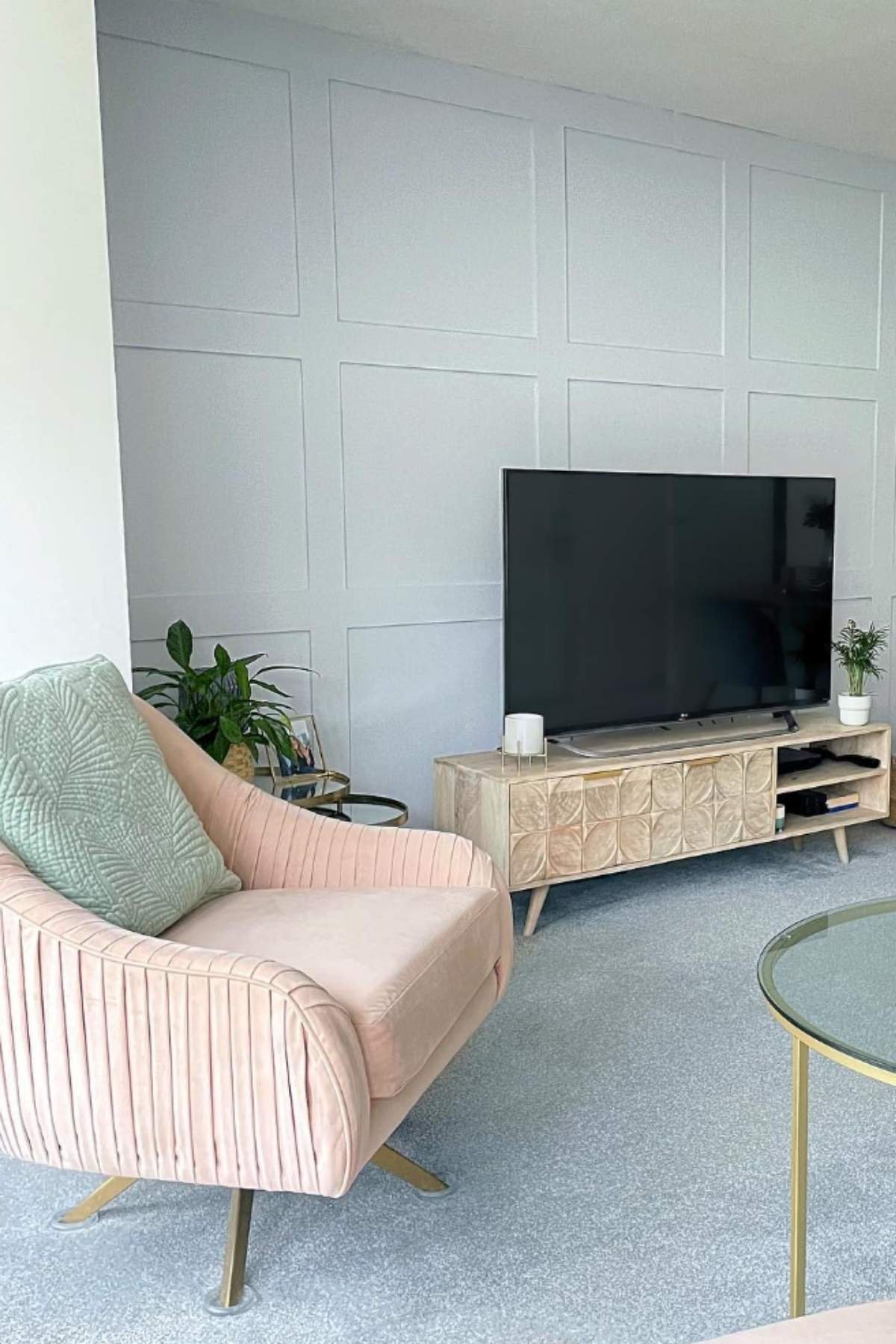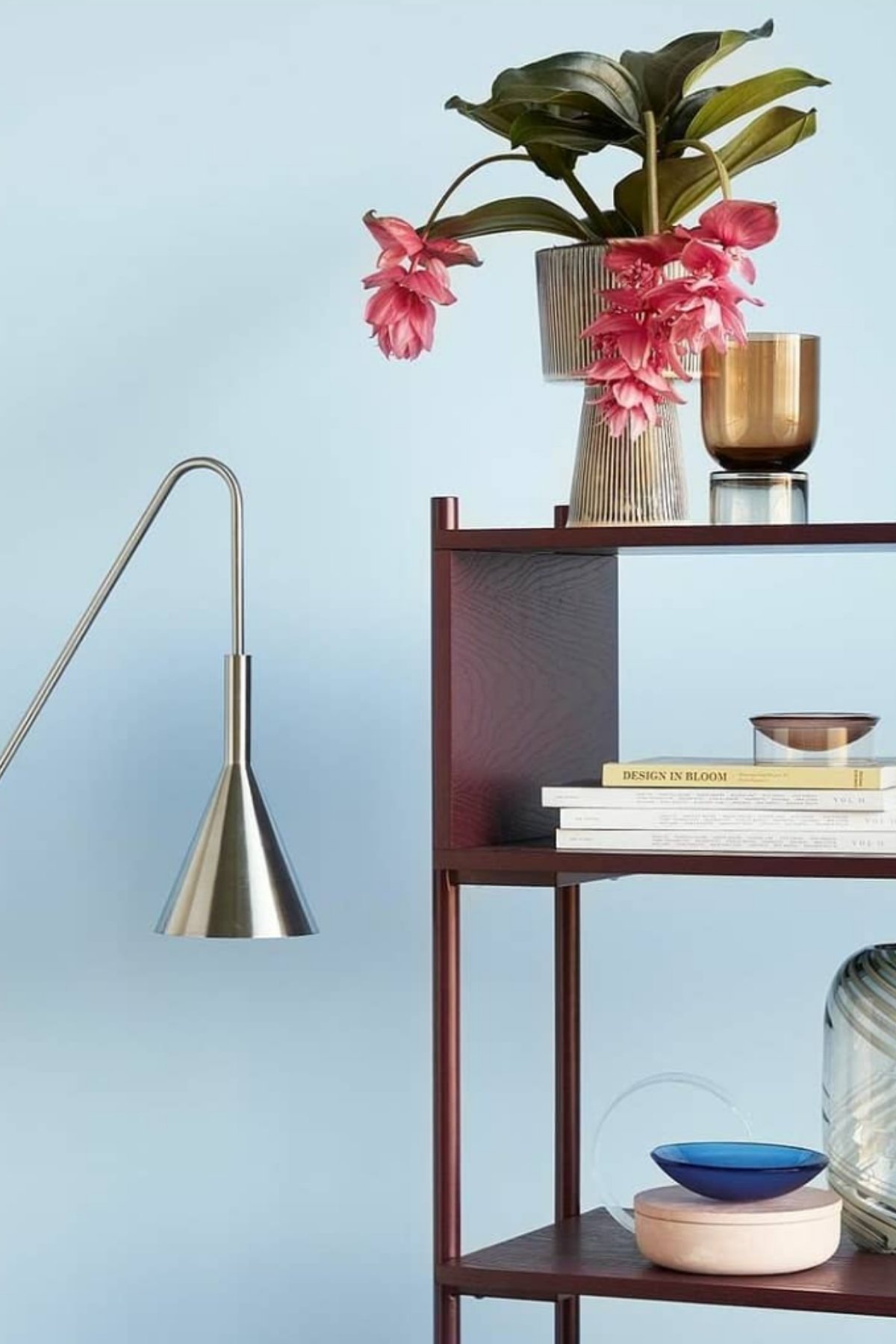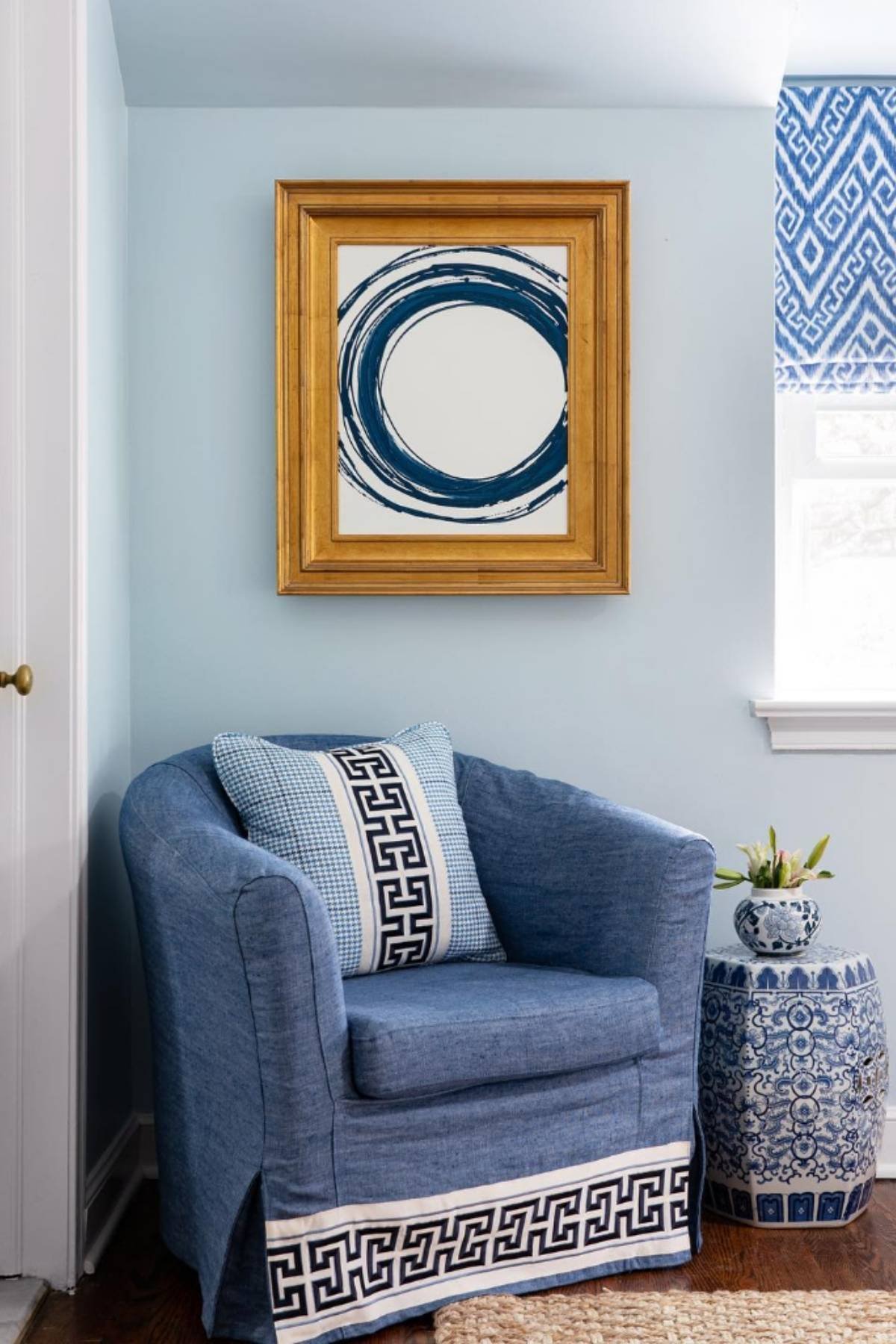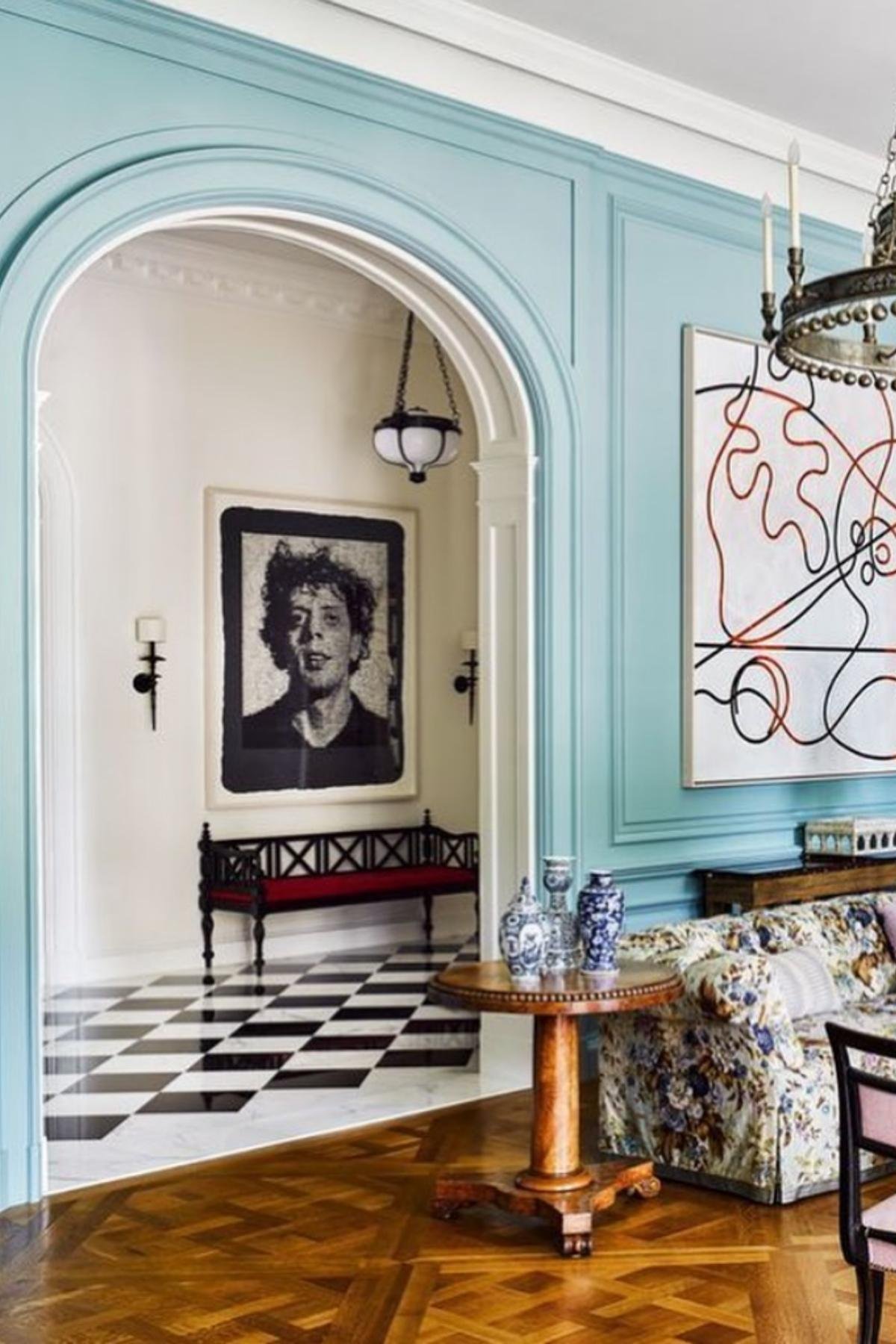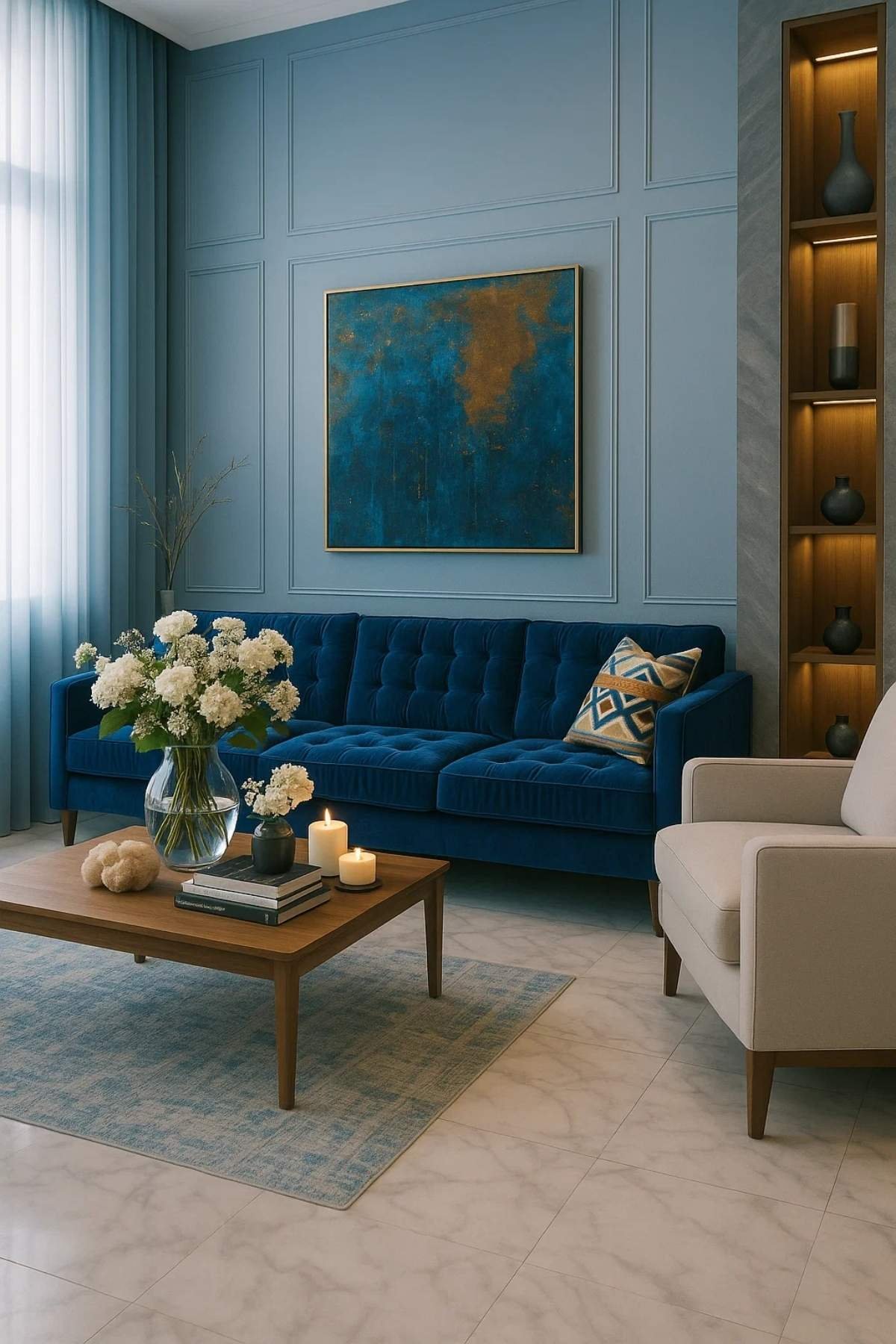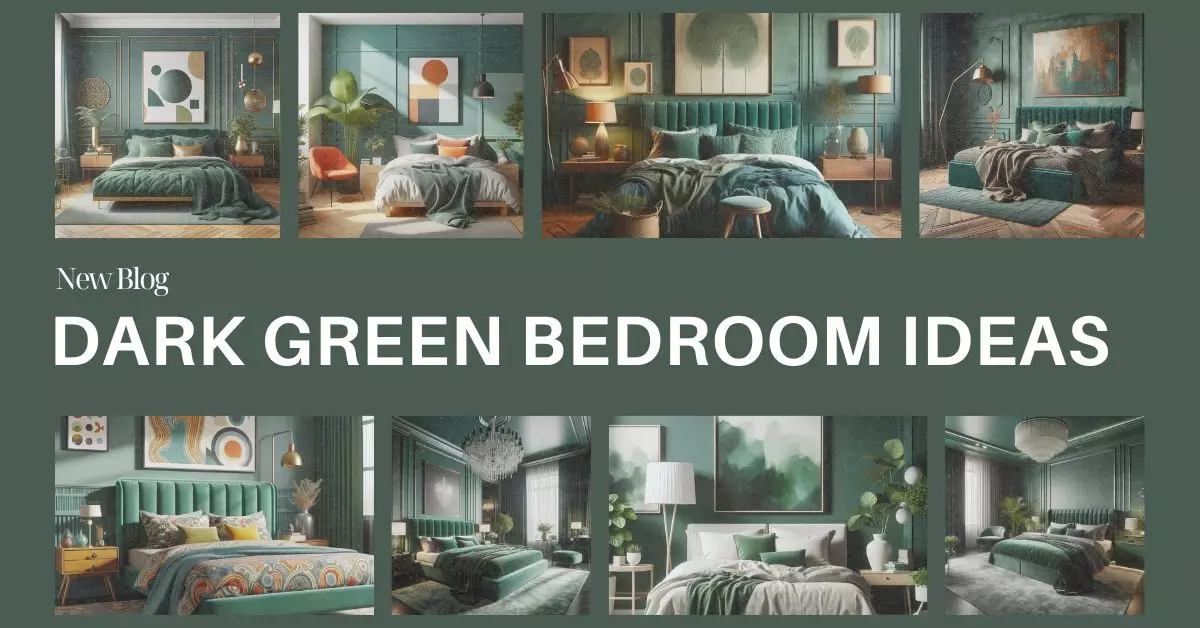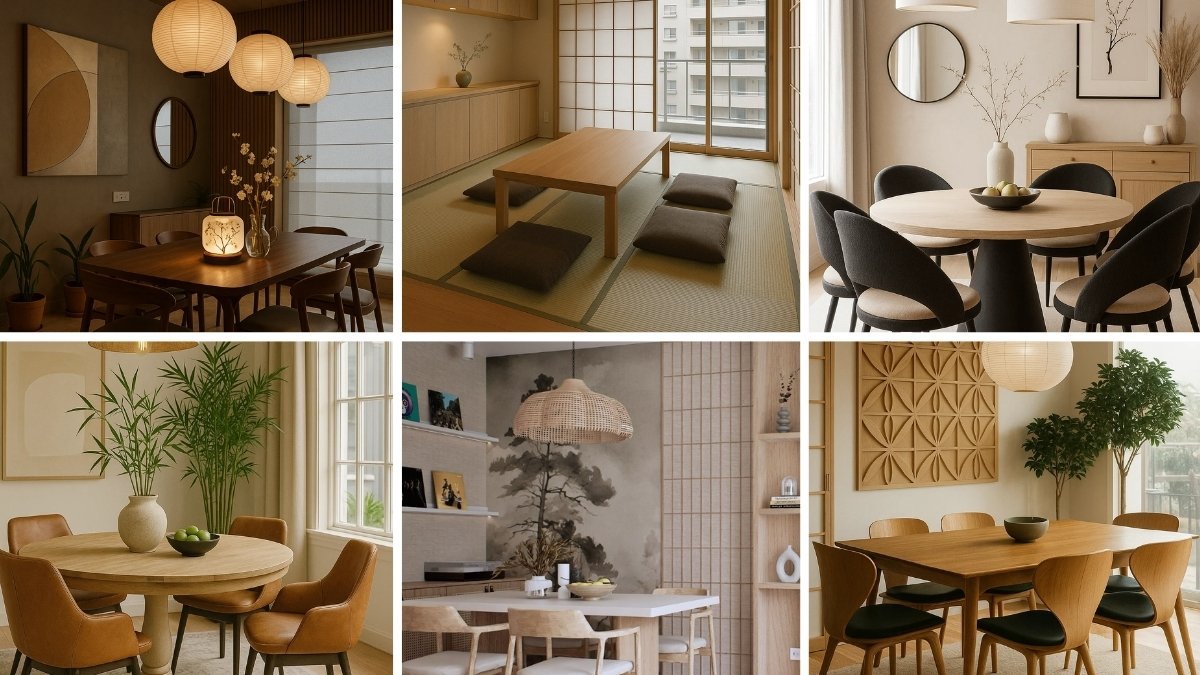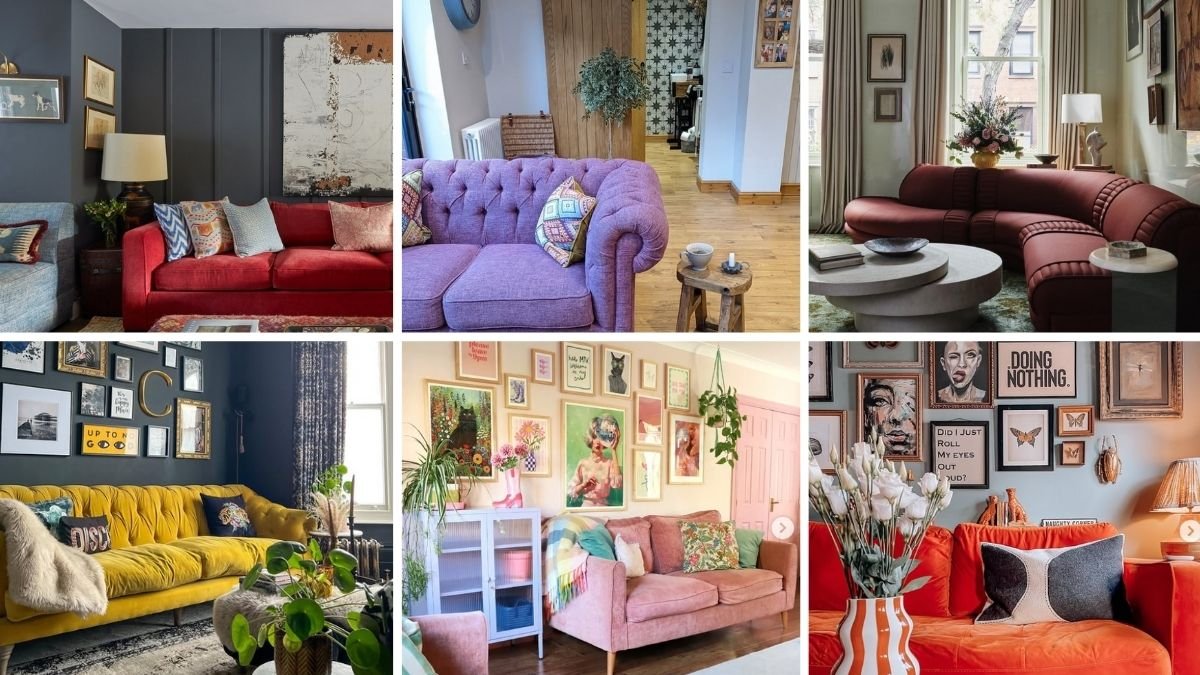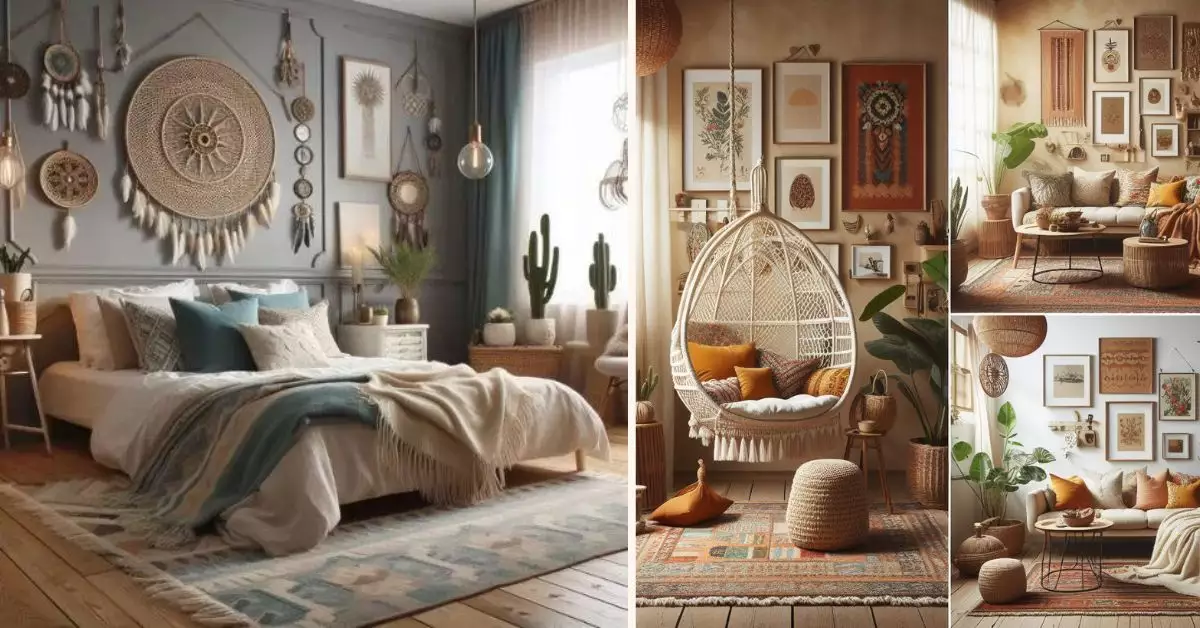What Colors Go With Light Blue Wall Paint Color in a Living Room
You might expect light blue wall paint colors to be a breeze to decorate around—it’s soft, soothing, and universally liked. But even the most versatile colors need a thoughtful touch if you want your living room to feel pulled together. Light blue doesn’t have to be reserved for coastal cottages or seaside escapes; it works just as beautifully in a modern city apartment or a traditional home. Imagine walking in after a long, busy day and being greeted by a space that instantly helps you exhale—that’s the quiet magic light blue can bring to your walls.
Related Articles:
- Don’t Make This Mistake—Read These Orange Couch Ideas First!
- Why Industrial Interior Design Style Is the New Go-To Look
- 33 Blue Couch Living Room Inspirational Ideas
Light Blue Wall Paint Color: for Your Living Room
Below are fourteen living room ideas—each showing a different way light blue wall paint color can pair with other shades, textures, and styles to create a unique mood.
1. Bold Jewel Tones With Light Blue Wall Paint Color in a Bright Setting
Image By: thistimeincolour
The rich rust-red sofa immediately energizes this sunny bay window space, making the pale blue walls feel vibrant yet balanced. Sunlight streaming in softens the contrast, while the striped cushions bridge the gap between bold and calm. It’s a space where light blue doesn’t fade into the background but instead becomes a partner in creating warmth and personality.
2. Monochrome Layers With Rustic Charm
Image By: heatherdewberry
Different shades of blue—some leaning toward grey, others toward sky—work together here to create a serene palette. Crisp white and beige accents add freshness, while exposed wooden beams break up the cool tones with natural texture. This blend shows how light blue can be part of a layered story rather than the sole focus, adding depth without demanding attention.
3. Warmth and Nature in the Mix
Image By: thistimeincolour
Burnt orange seating and mustard cushions create a bold contrast against the light blue walls, with green plants adding freshness and a natural link between warm and cool tones. The result is inviting and full of personality, the kind of space that feels vibrant yet comfortable.
4. Muted Blue With Warm Brick
Image By: farrowandball
In this room, muted blue walls and built-ins frame a fireplace faced in earthy red-brown tiles. The combination feels grounded yet airy, with lighter accessories on the shelves keeping the look from feeling heavy. It’s a great example of how warm architectural elements can sit comfortably alongside cool-toned walls, each enhancing the other’s character.
5. Vibrant Blue and Mustard Contrast
Image By: aabowes
A deep blue sofa holds its own against lighter blue built-ins, while mustard and patterned cushions lift the mood. The colorful shelving brings another layer of personality, proof that even within the same color family, varied tones can create energy and prevent a room from feeling flat.
6. Blue-on-Blue Elegance
Here, light blue walls are paired with darker blue cushions and artwork, creating a tonal harmony that feels calm yet rich. The grey sofa acts as a quiet anchor, and the black accents in the chandelier and coffee table provide definition without heaviness.
7. Soft Pastel Harmony
Image By: sarahbrowninteriors
Here, the light blue appears in built-ins rather than on the walls, paired with a blush pink sofa that warms the scene. Patterned cushions add quiet visual interest, proving that pastel combinations don’t have to be overly sweet—they can feel refined and intentional when the tones are carefully chosen.
8. Warm Leather Against Cool Blue
Caramel leather seating offers a warm counterpoint to the cool light blue walls, while navy cushions and abstract artwork tie the palette together. The effect is both grounded and sophisticated, demonstrating how blue can soften the presence of substantial, warm-toned furniture.
9. Playful Coral and Teal
Coral sofas bring undeniable energy to the space, while teal cushions and rugs tie them back to the light blue walls. The patterned pillows introduce a lively note, making the room feel joyful and lived-in without losing its sense of design intention.
10. Minimalist Pastels and Modern Lines
Image By: thelittlehomediary
The blue in this space leans toward a soft grey, providing a calm backdrop for blush seating. Gold accents are used sparingly but effectively, lending a touch of luxury without disrupting the minimalist mood. The overall feel is fresh and uncluttered, with each element given room to breathe.
11. Clean Minimalism With Warm Accents
Image By: cosybarcelona
Sometimes the simplest approach is the most effective. Here, light blue walls are paired with warm wood shelving and a vase of bright pink flowers. The composition is restrained but not stark—proof that minimal spaces can still feel welcoming when color and texture are used thoughtfully.
12. Deep Indigo Accents
Image By: diffmiller
An indigo armchair with crisp Greek key detailing brings depth to the pale blue backdrop, while blue-and-white ceramics add a classic touch. The interplay between deep and light blues creates a sense of cohesion, showing that you can keep to one color family and still achieve plenty of variation.
13. Aqua Architectural Detailing
Image By: aec_homestyling
Here, the architectural trim is painted in a bold aqua tone, instantly drawing the eye. Surrounded by neutrals and the graphic black-and-white flooring, the blue becomes both a structural and decorative element. It’s a reminder that sometimes the most impactful use of color isn’t on the largest surface but on the details.
14. Rich Monochrome Drama
A deep velvet sofa almost melts into the slightly lighter blue walls, creating a cocoon-like effect. The large artwork above, with hints of gold, breaks the monochrome just enough to add warmth. It’s a room where texture and finish matter as much as color.
What to Keep in Mind When Using Light Blue Wall Paint Colors
While light blue is versatile, here are a few things to consider so it always looks its best:
- Overloading the Cool Tones: Too many cold colors without any warmth can make the room feel sterile. Add wood, gold, or warm fabrics.
- Ignoring Undertones: Some light blues lean green, others lean gray—pick complementary accents based on undertone to avoid clashing.
- Skipping Texture: Flat surfaces with no variation can feel bland; add rugs, throws, and textured cushions for depth.
- Overpowering the Blue: While statement furniture is great, too many strong colors at once can fight for attention. Keep one hero color.
Cozy Haven Tips for Decorating With Light Blue Wall Paint Colors
- Use the 60-30-10 formula as a guide, not a rule. Let light blue set the tone, but balance it with plenty of complementary and neutral shades so the space feels layered instead of saturated.
- Add greenery for instant freshness. Plants soften the coolness of blue and make the room feel more inviting.
- Play with textures. Mix linen cushions, velvet chairs, ceramic vases, woven rugs, and wood accents to add depth and variety.
- Warm up the lighting. In the evening, soft warm bulbs will keep light blue from feeling chilly.
- Refresh accents with the seasons. Swap throws, cushions, or smaller decor to give the room a new mood without repainting.
FAQs About Light Blue Wall Paint Colors in Living Rooms
Warm whites, beiges, and soft greys keep the palette balanced and versatile.
Yes, but choose one or two statement shades and keep the rest understated.
Incorporate warm materials like wood, leather, or brass.
Not at all—it works in contemporary, traditional, and eclectic settings.
Pair it with rich fabrics, metallic accents, and layered lighting.
Conclusion
Light blue wall paint colors in the living room adapt to almost any style—from soft and airy to bold and dramatic. They work just as well with earthy leathers as they do with blush pastels or jewel tones. The key is in the mix—textures, undertones, and accent choices will decide whether your space feels coastal calm, modern chic, or vibrant and playful.

